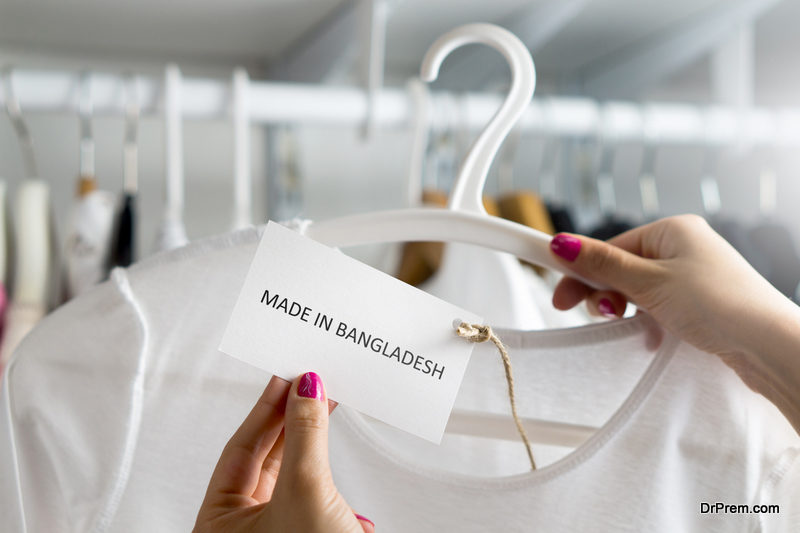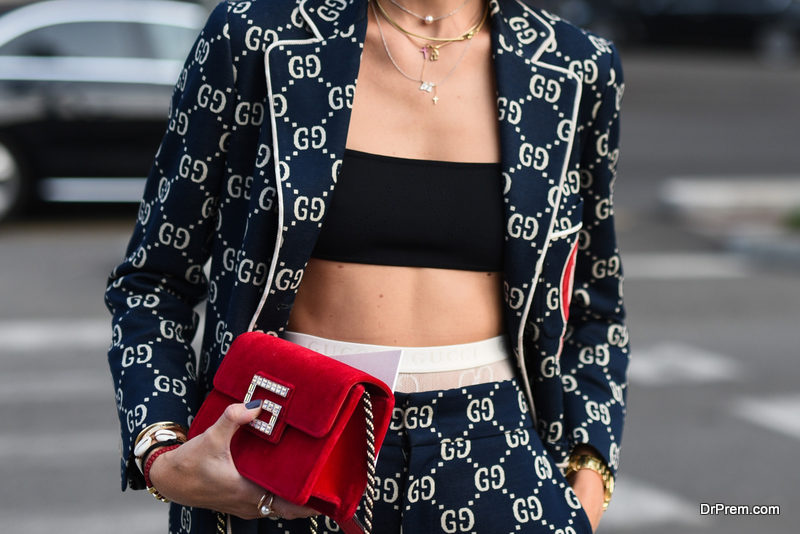We all accept what is presented to us by fashion brands without thinking twice. We believe in the labels, their sustainability claims and get taken in by their glitzy glamour. Their glossy advertising campaigns, employing influencers and so on are extremely convincing. It’s time you got to know about the ways in which fashion brands cheat customers, so that you know exactly what you’re paying for, or whether it’s worth paying the prices they ask for or not. Listed below are some of the ways that fashion brands try to pull the wool over your eyes.
4 Ways fashion brands cheat customers
1. Your clothes are always made where the label says
 Customers have become savvy about fair trade rules and no longer want to wear products which are made at the cost of human beings being maltreated and not paid fair wages. The major fashion brands are aware of this fact, and now lie to you by lying about the country where the clothes or shoes have been manufactured.
Customers have become savvy about fair trade rules and no longer want to wear products which are made at the cost of human beings being maltreated and not paid fair wages. The major fashion brands are aware of this fact, and now lie to you by lying about the country where the clothes or shoes have been manufactured.
In EU, the country-origin label usually means that last economical and substantial processing was made in the country which is mentioned on the label. That means that the country-origin is circumvented by the brands. For example, Louis Vuitton labels ‘Made in Italy, as the soles of the shoes are stitched in Italy, but the shoes were actually made in Romania (according to Guardian’s report). This is how fashion brands cheat customers, by putting on labels which do not mention the whole truth.
Many British sneaker companies get the upper part of the sneakers manufactured in China, and stitch the soles in the UK, thus allowing them also to label their shoes made in UK. So if you think you’re avoiding Chinese made stuff going by the labels, then think twice. Leather goods are usually made in the developing world and labeled as being made in the first world, another example of how fashion brands cheat customers, to demand a higher price and make you think you are getting highest quality.
Till the year 2017, the Swiss made label was what marked a watch as being superb. What the customers did not know was that only the movement was made in Switzerland, and all other things were made outside the country. In 2017, the Swiss government tightened the laws and now, watchmakers have to make 60% of the parts in Switzerland. But still, they can package the parts in an Indian Made case and claim it to be Swiss Made which can add a whopping 112% to the price!
2. Unethical production is now hidden from customers
 You must remember the incident in Bangladesh when thousands of people died when a building which housed a garment factory collapsed. The incident was widely focused on worldwide, and brought to light the sickening working conditions of the workers. Most customers in the world are now conscious about where their clothes etc are being made, and fashion brands try all possible ways to cheat their customers, especially fast fashion brands which must have quick turnarounds.
You must remember the incident in Bangladesh when thousands of people died when a building which housed a garment factory collapsed. The incident was widely focused on worldwide, and brought to light the sickening working conditions of the workers. Most customers in the world are now conscious about where their clothes etc are being made, and fashion brands try all possible ways to cheat their customers, especially fast fashion brands which must have quick turnarounds.
They pay their manufacturers very little, and the factories in Vietnam or Bangladesh cannot say no to any order, because they have to make a living. The first factory which was vetted by the brands ends up sub-contracting to other smaller suppliers. This second factory might compromise on the working conditions of the workers to cut costs, thus potentially endangering their lives.
Fashion brands like to have higher profit margins, and this often means paying fewer wages, even to people working in their own countries. So cutting down on wages, and not caring about the well-being of their workers, is another of the ways in which fashion brands cheat customers.
How you can help put a stop to these practices – demand for a stage wise or stepwise declaration of production on their labels!
3. Big brands rip off smaller designers/brands

There are a lot of stolen designs floating around in the market. You may even be wearing one, unknowingly. Big brands do this with impunity, especially if the smaller designers fail to trademark or copyright their designs. They have their reps going through sites or Instagram/Facebook, and if they don’t find any trademark attached to the trending designs, they have no qualms about stealing the designs and using the stolen designs for profit.
4. Designers rip off each other

It’s not only the smaller designers which are ripped off, but fashion designers copy each other. The famous fast fashion houses copy from trending famous designers, and call it being inspired. You may be appreciating the lovely designs and thinking about the coincidence of seeing lookalike designs in the shop windows, but there is nothing coincidental about it. It’s just another instance of how fashion designers copy each other.
Sustainability is a concern for most customers, as the environmentalists have raised the awareness of people about the huge pollution and use of natural resources being used by the garment industry. So now, many brands have resorted to ‘greenwashing’. There are many ways how fashion brands cheat customers and you have to take their claims with more than a pinch of salt. Therefore, we should never buy our clothes without finding out weather the brand is truly eco-friendly or not.




